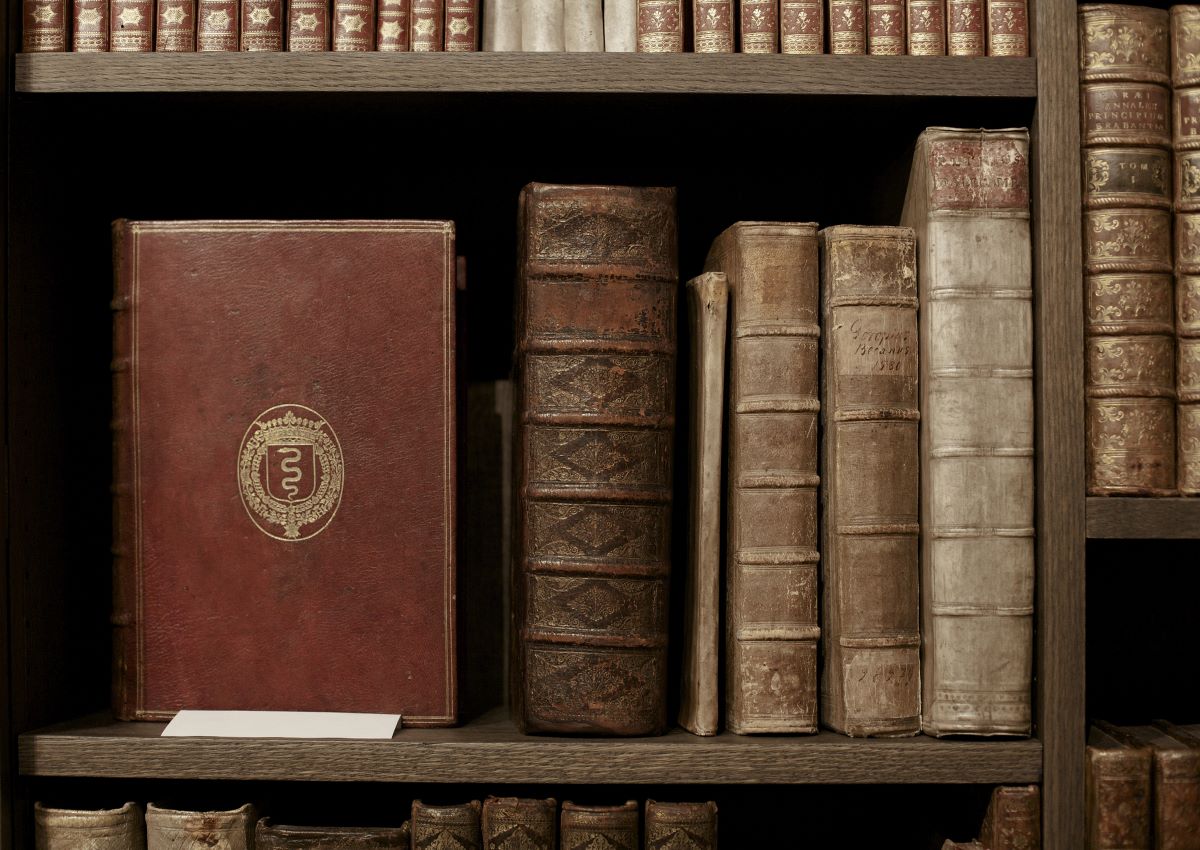

Articles
How To Store Antique Books
Modified: March 19, 2024
Learn the best practices for storing and preserving antique books in this informative articles. Keep your valuable collection safe for years to come.
(Many of the links in this article redirect to a specific reviewed product. Your purchase of these products through affiliate links helps to generate commission for Storables.com, at no extra cost. Learn more)
Introduction
Antique books hold a special place in our hearts and homes. They are not just literary treasures but also valuable artifacts that provide a glimpse into the past. Preserving and protecting these books is essential to ensure their longevity and maintain their historical significance. If you are fortunate enough to own antique books or are considering starting a collection, it is crucial to understand the importance of proper storage.
In this article, we will explore the factors to consider before storing antique books, how to choose the right storage location, proper cleaning and handling techniques, maintaining the ideal temperature and humidity levels, organizing your collection, using protective enclosures and materials, preventing pest infestations, and regular inspection and maintenance.
By following these guidelines and implementing best practices, you can safeguard your antique books and enjoy them for years to come.
Key Takeaways:
- Safeguard your antique books by considering factors like condition, value, and storage space. Proper cleaning, ideal temperature, and protective materials are essential for preserving these literary treasures.
- Choose a suitable storage location with stable temperature and humidity levels, away from direct sunlight and potential sources of moisture or pests. Regular inspections and maintenance are crucial for identifying and addressing issues promptly.
Factors to Consider Before Storing Antique Books
Before you start storing your antique books, there are several important factors to consider. These factors will ensure that your books are protected from potential damage and deterioration.
Condition: Assess the condition of your antique books before storage. If any books have loose pages, torn covers, or signs of mold or mildew, it is crucial to address these issues before storing them. Consider consulting a professional book conservator if you have books in delicate condition.
Value: Determine the value of your antique books. Rare and valuable books may require extra precautions and specialized storage to ensure their preservation. If you have high-value books in your collection, it is advisable to consult with a professional appraiser who can provide guidance on proper storage and insurance.
Usage: Consider how frequently you plan to access your antique books. If you anticipate frequent use, it is best to choose a storage location that provides easy access to your collection without compromising its safety.
Space: Evaluate the available storage space in your home. Consider whether you have enough room to properly store and protect your antique books. If space is limited, you may need to prioritize and rotate your collection to ensure all books are stored in optimal conditions.
Environmental Factors: Assess the environmental conditions of your storage area. Factors such as temperature, humidity, and light exposure can significantly impact the condition of your antique books. Aim for a storage location that provides stable temperature and humidity levels, as well as limited exposure to natural and artificial light.
Budget: Determine your budget for storing antique books. Investing in the right storage materials and equipment may be necessary to provide proper protection for your collection. Consider the cost of temperature and humidity control systems, archival storage boxes, and other necessary supplies.
By considering these factors, you can make informed decisions about how to store your antique books and ensure their long-term preservation.
Choosing the Right Storage Location
When it comes to storing antique books, selecting the right storage location is crucial. The environment in which your books are stored plays a significant role in their preservation. Here are some key considerations when choosing a storage location for your antique books:
Temperature and Humidity: Books are sensitive to fluctuations in temperature and humidity. Ideally, the storage space should maintain a temperature between 60-70°F (15-21°C) and a relative humidity level of around 45-55%. Avoid areas prone to extreme temperature changes, such as attics, basements, or garages.
Light Exposure: Exposure to natural and artificial light can cause irreparable damage to antique books. Choose a storage location away from direct sunlight and fluorescent lighting. If possible, opt for a room with minimal windows or use UV-filtering window treatments.
Avoid Moisture and Water Sources: Ensure that the storage location is free from water leaks, moisture sources, or areas prone to dampness. Moisture can lead to mold and mildew growth, which can severely damage your books.
Security: Consider the security of the storage space. If your antique books hold significant value, you may want to invest in additional security measures such as a monitored alarm system or locked cabinets.
Accessibility: Think about how easily you can access your antique books when needed. If you plan to regularly consult or showcase your collection, choose a storage location that allows convenient access without causing unnecessary handling or movement of other stored items.
Avoid Environmental Pollutants: Keep your antique books away from areas with high levels of dust, pollutants, or strong odors. Exposure to these elements can lead to deterioration, staining, or odors being absorbed by the books.
Elevated Storage: If possible, elevate your antique books off the ground to protect them from potential flooding or pest infestations. Consider using sturdy bookshelves or storage racks that can support the weight of your collection.
By carefully selecting the right storage location, you can create an environment that promotes the longevity and preservation of your antique books.
Proper Cleaning and Handling Techniques
When it comes to preserving antique books, proper cleaning and handling techniques are essential. Here are some guidelines to ensure that you safely clean and handle your precious collection:
Handling: Always handle antique books with clean and dry hands. Avoid eating, drinking, or using lotions before handling books, as oils and moisture can transfer to the pages and cause damage. Support the spine and avoid placing excessive pressure on the pages when opening or closing a book.
Cleaning: Before cleaning antique books, it is crucial to identify their material and condition. In general, it is best to avoid using liquid cleaners or harsh chemicals on fragile books. Instead, use soft and dry tools such as a soft brush or a clean cloth to gently remove dust or dirt from the covers and pages. If necessary, consult a professional book conservator for guidance on appropriate cleaning techniques for your specific books.
Repairing Damaged Pages: If you come across torn or loose pages while handling your antique books, it is important to address these issues promptly. Instead of using tape or adhesive, consult a professional book conservator who can advise on proper techniques for repairing or stabilizing damaged pages.
Bookmarks and Inserts: Be cautious when using bookmarks or inserting additional materials into your antique books. Sharp or acidic materials can cause tearing or staining. If using bookmarks, opt for acid-free, archival materials, and avoid leaving them in the book for extended periods.
Storage Sleeves: Consider using protective sleeves made of acid-free archival materials for additional protection. These sleeves can help shield the covers from dust and light exposure, while also providing a barrier against potential damage from handling.
Best Practices for Handling:
- Wash your hands before handling antique books
- Avoid excessive force when opening or closing books
- Do not place books on wet or dirty surfaces
- Store loose items, such as photographs or documents, separately to avoid damaging the book pages
- Use book supports or book cradles when reading or displaying open books to prevent stress on the spine
By following these proper cleaning and handling techniques, you can help preserve the condition and integrity of your antique books for generations to come.
Maintaining the Ideal Temperature and Humidity Levels
Maintaining the ideal temperature and humidity levels is crucial for the long-term preservation of antique books. Fluctuations in temperature and humidity can cause irreversible damage and deterioration. Here are some guidelines for maintaining the optimal environment:
Temperature: Aim for a storage area with a stable temperature between 60-70°F (15-21°C). Extreme temperature changes can lead to expansion and contraction of the materials, potentially causing structural damage to the books.
Humidity: Relative humidity levels should ideally be maintained between 45-55%. High humidity can promote mold and mildew growth, while low humidity can cause the pages and bindings to become brittle. Invest in a quality hygrometer to monitor humidity levels in your storage area.
Dehumidifiers and Humidifiers: Depending on your location and climate, you may need to use dehumidifiers or humidifiers to regulate the humidity levels. Dehumidifiers help remove excess moisture from the air, while humidifiers add moisture when the air is too dry. Ensure that these devices are properly maintained and regularly checked for optimal functioning.
Avoid Rapid Changes: Sudden changes in temperature and humidity can be detrimental to antique books. Avoid placing books in areas prone to temperature fluctuations, such as attics or basements. Additionally, avoid exposing books to rapid changes in humidity by keeping them away from kitchens, bathrooms, and laundry rooms.
Air Circulation: Good air circulation is important to prevent the buildup of stagnant air, which can lead to mold growth. Ensure that there is adequate ventilation in the storage area to promote healthy air circulation. However, be cautious of excessive drafts, as they can also lead to moisture loss and damage to the books.
Avoid Excessive Heat: Keep your antique books away from direct heat sources such as radiators, fireplaces, or heating vents. Excessive heat can cause the pages and bindings to warp, fade, or become brittle.
Monitoring: Regularly monitor the temperature and humidity levels in your storage area to ensure they remain within the optimal range. Make adjustments as necessary to maintain a stable and controlled environment for your antique books.
By maintaining the ideal temperature and humidity levels, you can help prolong the lifespan of your antique books and preserve them for future generations to enjoy.
Store antique books in a cool, dry place away from direct sunlight and fluctuating temperatures. Use acid-free materials for storage and avoid overcrowding shelves to prevent damage.
Read more: How To Store Antique Furniture
Arranging and Organizing Antique Books
Properly arranging and organizing your antique books is essential for their preservation and ease of access. Here are some tips to help you arrange and organize your collection:
Bookshelves: Invest in sturdy bookshelves made of high-quality materials. Avoid shelves with sharp edges or rough surfaces that can potentially damage the books. Adjustable shelves are ideal as they allow you to customize the height to accommodate books of different sizes.
Categorization: Consider organizing your antique books by category, author, genre, or any other system that makes sense to you. This will not only make it easier to locate specific books but also adds a sense of order to your collection.
Spatial Planning: Be mindful of how you space your books on the shelves. Avoid overcrowding to prevent books from becoming damaged when removing or inserting them. Aim for a balanced distribution of weight to maintain the structural integrity of the shelves.
Bookends or Supports: Use bookends or book supports to keep books upright and prevent them from leaning or tilting. These supports ensure that books are properly aligned and reduce the risk of spine damage.
Consider Book Sizes: Arrange books on the shelves in a way that accommodates their size. Larger books should be placed on sturdier shelves or at the bottom to avoid any potential strain on the structure. Smaller books can be grouped together or placed on smaller shelves.
Labeling: Label the shelves or use bookplates to identify the different categories or sections within your collection. This makes it easier for you and others to locate specific books without having to search through the entire collection.
Avoid Overexposure: Limit the exposure of antique books to light, whether natural or artificial. UV rays can fade book covers and cause damage to the pages over time. Use curtains, blinds, or UV-filtering window films to shield your collection from direct sunlight.
Book Jackets: If your antique books have dust jackets, consider protecting them by covering them with archival polyester sleeves. This helps prevent the jackets from becoming torn or stained during handling.
Regular Dusting: Dust your antique books and shelves regularly using a soft, lint-free cloth or a soft brush. Be gentle and avoid applying too much pressure to prevent accidental damage.
By carefully arranging and organizing your antique books, you not only enhance their visual appeal but also ensure their longevity and ease of access. This allows you to fully enjoy and appreciate your collection.
Using Protective Enclosures and Materials
To provide an extra layer of protection for your antique books, it is important to use protective enclosures and materials. These can help guard against dust, light exposure, and physical damage. Here are some essential tools and materials to consider:
Archival Storage Boxes: Invest in acid-free, archival-quality storage boxes that are specifically designed for books. These boxes provide a protective barrier against light, dust, and potential damage while allowing for proper air circulation. Choose boxes that are slightly larger than your books to avoid excessive compression.
Acid-Free Tissue Paper: Use acid-free tissue paper to interleave your antique books. This thin, lightweight paper helps absorb moisture, minimizes friction, and provides an additional layer of protection between the pages. Avoid using standard tissue paper, as it may contain harmful acids that can damage your books over time.
Book Jackets and Mylar Sleeves: If your antique books have delicate or valuable dust jackets, consider covering them with acid-free polyester film sleeves or custom-made protective book jackets. These sleeves provide an extra layer of protection against tears, stains, and other potential damage.
Book Support Strips: Use acid-free book support strips to reinforce the spine when storing larger or heavier books. These strips help prevent stress and strain on the spine, reducing the risk of damage or deterioration.
Reversible Adhesive: When necessary, use reversible archival adhesive such as methylcellulose or wheat starch paste to repair loose pages or binding. These adhesives are easily removable, ensuring that any repairs can be undone without causing irreversible damage.
Protective Book Covers: Consider using protective covers made of acid-free polyester film or clear vinyl to protect the covers of your antique books. These covers act as a shield against dust, dirt, and light exposure while allowing you to appreciate the beauty of the original covers.
Wrap Books Individually: For added protection during storage, consider individually wrapping each book in acid-free paper or archival-quality plastic sleeves. This provides an extra layer of protection against dust and potential scuffs or scratches.
Spacers: Use book spacers or “book snakes” to prevent books from leaning or falling over on the shelf. These can help maintain proper alignment and reduce the risk of damage to the spines or covers.
Handling Gloves: Consider using clean, lint-free gloves made of cotton or nitrile when handling your antique books. Gloves can help minimize the transfer of oils, moisture, and dirt from your hands, reducing the risk of smudges or stains.
By utilizing these protective enclosures and materials, you can significantly enhance the longevity and preservation of your antique books. These tools act as a barrier against potential damage while still allowing you to enjoy and appreciate your collection for years to come.
Monitoring and Preventing Pest Infestations
Pests can pose a significant threat to your antique books, causing irreparable damage to their pages, bindings, and covers. Implementing proactive measures to monitor and prevent pest infestations is essential for their preservation. Here are some guidelines to help you keep your collection safe:
Regular Inspection: Conduct regular inspections of your storage area and books to identify any signs of pests. Look for visible insects, droppings, holes, or chewed materials. Early detection is key to preventing a widespread infestation.
Keep the Area Clean: Ensure that your storage area is clean and free from food debris, crumbs, or other organic matter that may attract pests. Regularly vacuum or sweep the surrounding area to remove any potential food sources.
Seal Cracks and Entry Points: Seal any cracks or gaps in walls, windows, and doors to prevent pests from entering your storage area. Use weather-stripping or door sweeps to ensure a tight seal.
Storage Containers: Opt for airtight storage containers for your antique books whenever possible. These containers create a barrier against pests and also help maintain a stable environment by reducing air circulation.
Pest-Repellent Materials: Consider using natural pest-repellent materials such as cedar chips, lavender sachets, or silica gel packets in your storage area. These can help deter pests while providing a pleasant aroma.
Avoid Chemical Pesticides: Avoid using chemical pesticides directly on your antique books, as they may cause damage or discoloration. Instead, focus on preventive measures and consult a professional exterminator if a pest infestation persists.
Isolate Infected Books: If you discover any signs of pests or pest damage on your antique books, immediately isolate the affected books from the rest of your collection. This prevents the infestation from spreading to other books.
Professional Pest Control: If you’ve identified a pest infestation that you are unable to handle on your own, consult a professional pest control service that specializes in handling delicate materials such as books. They can provide targeted treatments to eradicate the pests while minimizing potential damage.
Maintain a Clean Environment: Regularly clean and dust your storage area, bookshelves, and surrounding spaces. Vacuum or wipe down the shelves to remove any potential hiding spots for pests.
Book Exchanges and Donations: When acquiring new books for your collection, thoroughly inspect them for signs of pests before introducing them to your storage area. Additionally, be cautious when borrowing or lending books, as it can inadvertently introduce pests.
By implementing a proactive approach to monitoring and preventing pest infestations, you can safeguard your valuable antique books and ensure their long-term preservation.
Regular Inspection and Maintenance
To ensure the continued preservation of your antique books, regular inspection and maintenance are crucial. By monitoring their condition and taking proactive measures, you can address any potential issues before they worsen. Here are some guidelines for regular inspection and maintenance:
Establish a Schedule: Set a regular schedule for inspecting your antique books. Depending on the size of your collection and the storage conditions, inspections can be conducted monthly, quarterly, or semi-annually.
Visual Examination: Carefully examine each book for signs of damage or deterioration. Look for cracked or crumbling leather, loose or torn pages, weakened bindings, or discoloration. Pay particular attention to areas vulnerable to wear, such as corners, edges, and spines.
Photographic Documentation: Take photographs of each book during the inspection to create a visual record of their condition. This will help you track any changes or damage over time, especially if you plan to monitor the books for insurance or appraisal purposes.
Address Issues Promptly: If you notice any signs of damage or deterioration during the inspection, take immediate action. Consult a professional book conservator to address complex repairs or seek guidance on suitable preservation techniques.
Dust and Clean: During the inspection, gently dust your antique books using a soft brush, or use a low-powered vacuum cleaner with a brush attachment to remove any accumulated dust or debris. Avoid using excessive force or harsh cleaning agents that may damage the books.
Reorganize if Necessary: Take the opportunity during the inspection to reorganize or rearrange your collection if needed. Based on usage or categorization preferences, rearranging the books can help redistribute weight and prevent strain on specific shelves or areas of the storage space.
Monitor Environmental Conditions: Check the temperature and humidity levels in your storage area during the inspection. Ensure that they remain within the recommended ranges and make necessary adjustments to maintain an optimal environment for the books.
Inspect Storage Materials: Examine the protective enclosures, book covers, or storage boxes for signs of wear or damage. Replace any deteriorating materials, such as torn sleeves or damaged boxes, to ensure continued protection for your antique books.
Document Changes: Keep a log or journal to record any observed changes, repairs, or maintenance conducted during each inspection. This helps track the history and condition of your collection, enabling you to make informed decisions regarding preservation strategies.
Review Storage Practices: Regular inspections also provide an opportunity to evaluate your storage practices. Assess whether any adjustments or improvements need to be made to enhance the overall preservation and organization of your antique books.
By conducting regular inspections and performing necessary maintenance, you can proactively address issues and ensure the continued preservation of your valuable antique book collection.
Read more: How To Store Books In Garage
Conclusion
Preserving and protecting your antique book collection requires careful consideration and attention to detail. By implementing the strategies outlined in this article, you can ensure the longevity and integrity of your valuable books. Consider the factors discussed before storing your antique books, including their condition, value, and usage, to make informed decisions about storage options. Choose a suitable storage location with stable temperature and humidity levels, away from direct sunlight and potential sources of moisture or pests.
Proper cleaning and handling techniques are essential for maintaining the condition of your books. Handle them with clean hands, use soft brushes or cloths for dusting, and consult professionals for repairs or restorations to ensure their delicate pages and bindings remain intact.
Maintaining the ideal temperature and humidity levels is crucial in preventing damage caused by environmental factors. Regularly monitor and adjust the storage area to maintain the recommended temperature and humidity ranges.
Organize your antique books in a systematic and logical manner, using bookends or supports to ensure proper alignment and spacing. Utilize protective enclosures and materials such as acid-free storage boxes, tissue paper, and sleeves, to safeguard against dust, light exposure, and physical damage.
Regular inspections and maintenance are key to identifying and addressing issues promptly. Conduct visual examinations, clean your books, and document their condition over time. Monitor the environmental conditions and make necessary adjustments to preserve the longevity of your collection.
By following these guidelines and consistently implementing best practices, you can enjoy your antique books and pass them down to future generations as cherished literary treasures. Remember to handle them with care, appreciate their historical significance, and continue to prioritize their preservation for years to come.
Frequently Asked Questions about How To Store Antique Books
Was this page helpful?
At Storables.com, we guarantee accurate and reliable information. Our content, validated by Expert Board Contributors, is crafted following stringent Editorial Policies. We're committed to providing you with well-researched, expert-backed insights for all your informational needs.
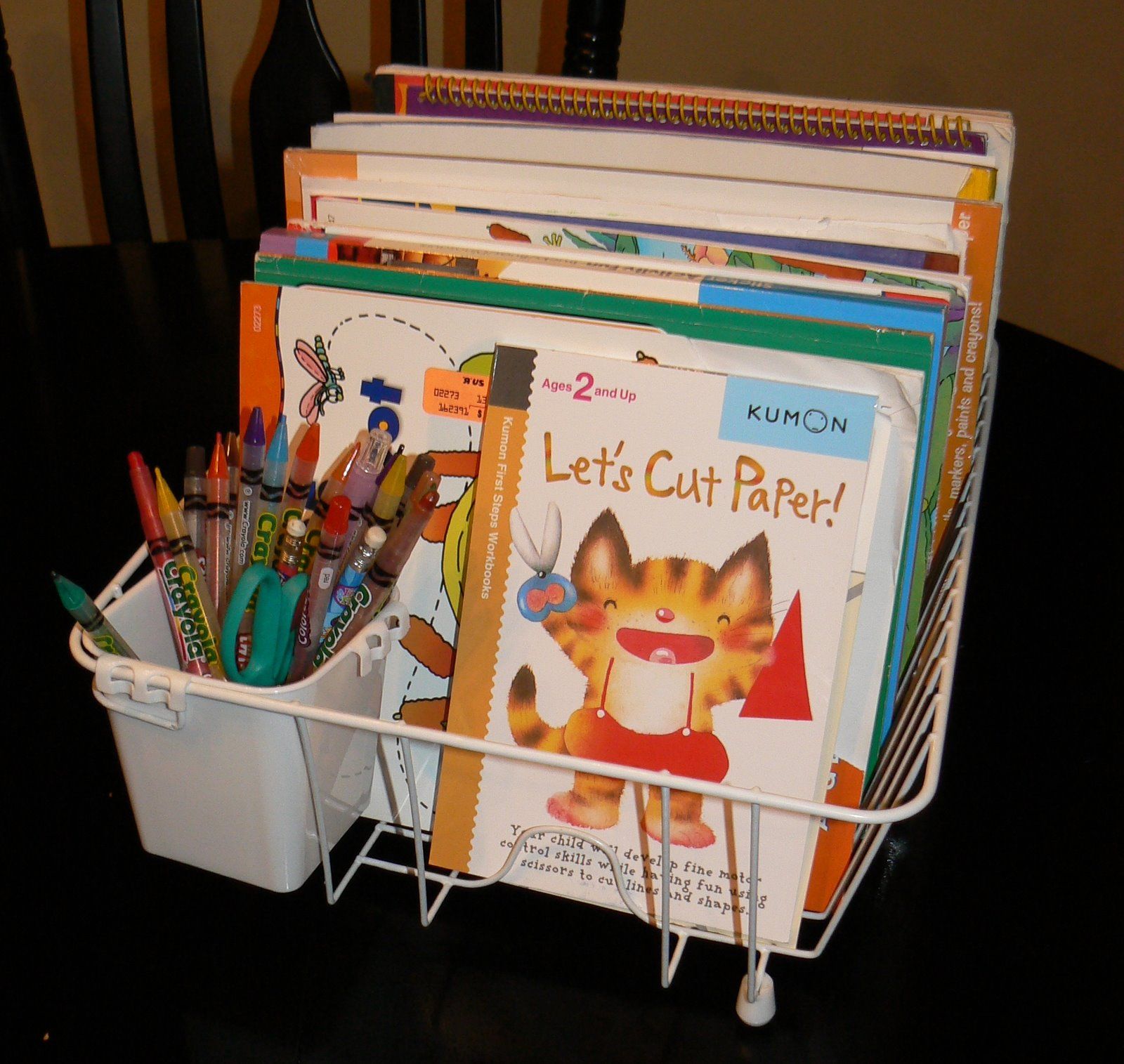


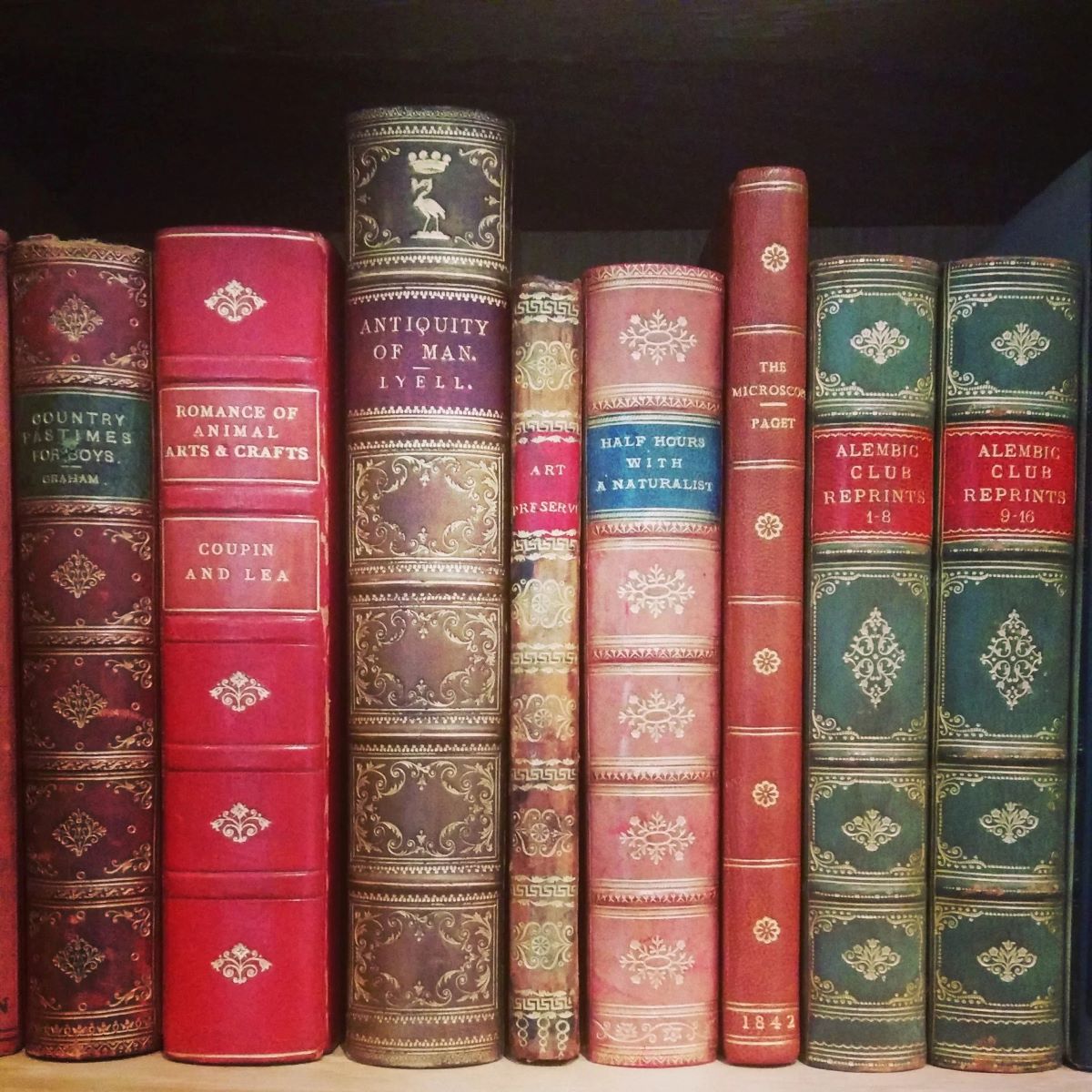




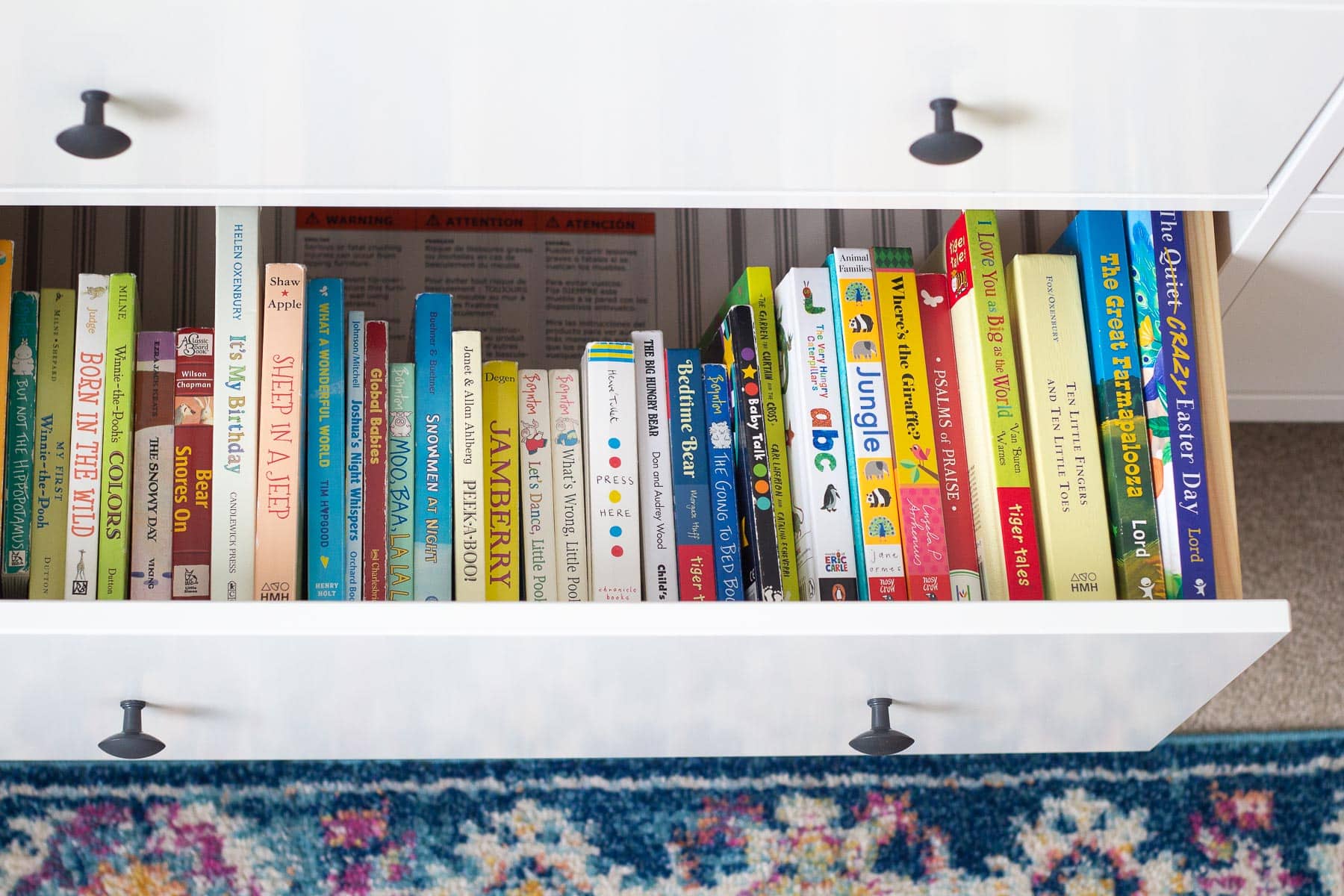

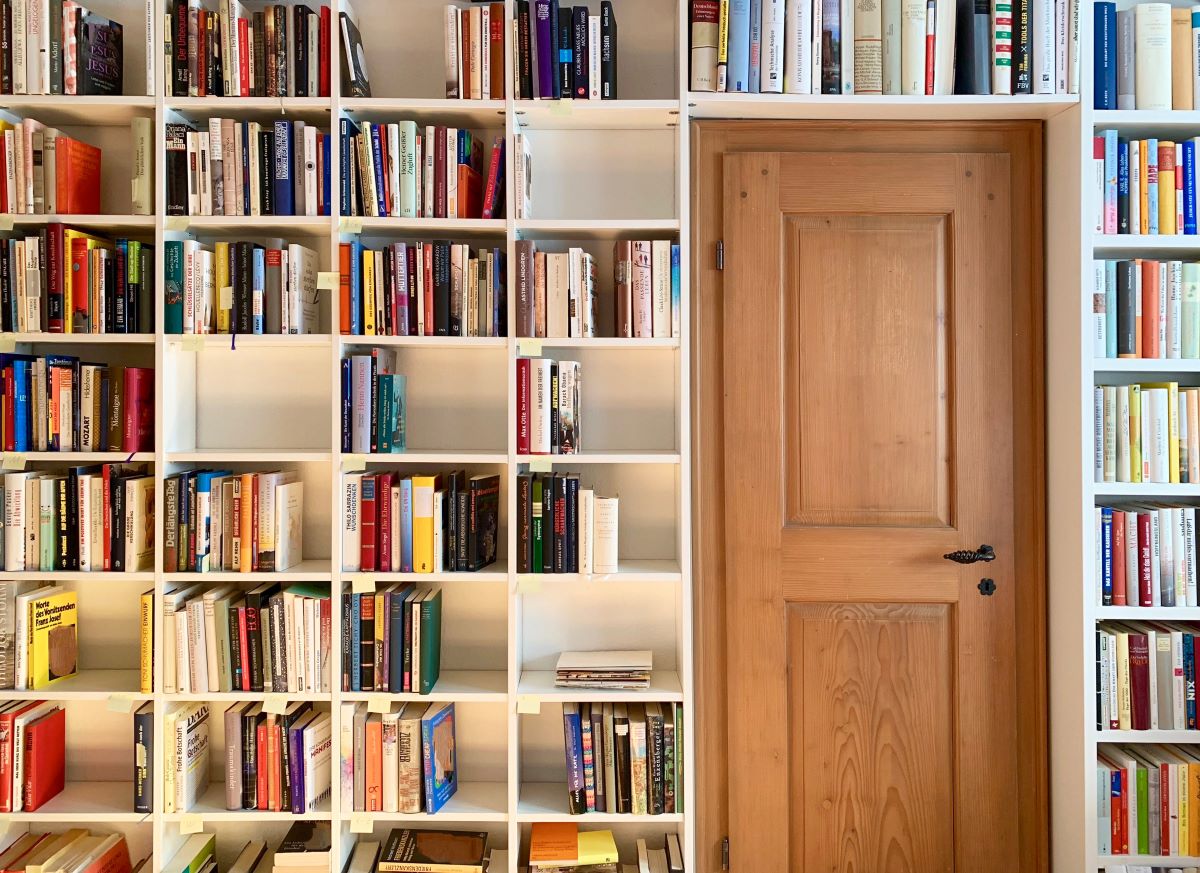
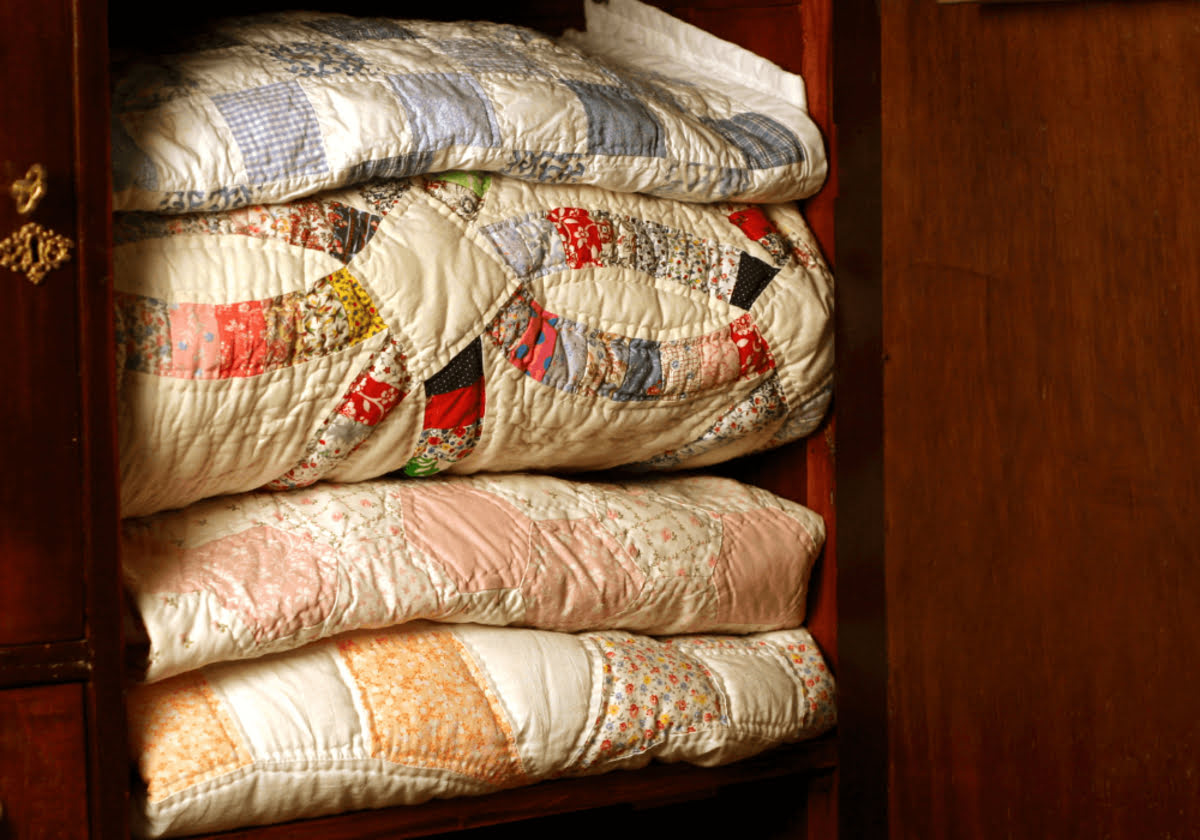


0 thoughts on “How To Store Antique Books”